The ways museums acquired their exhibits
Museums are magical places where history comes alive, and each exhibit has a story to tell. Have you ever wondered how museums acquire these fascinating artifacts? From ancient relics to modern art, the journey of an item to a display case is as intriguing as the piece itself. In this article, we’ll take a lighthearted journey into the world of museum acquisitions, revealing the secrets and adventures behind the collections you love.
The Art of Acquisition: How Museums Source Their Treasures
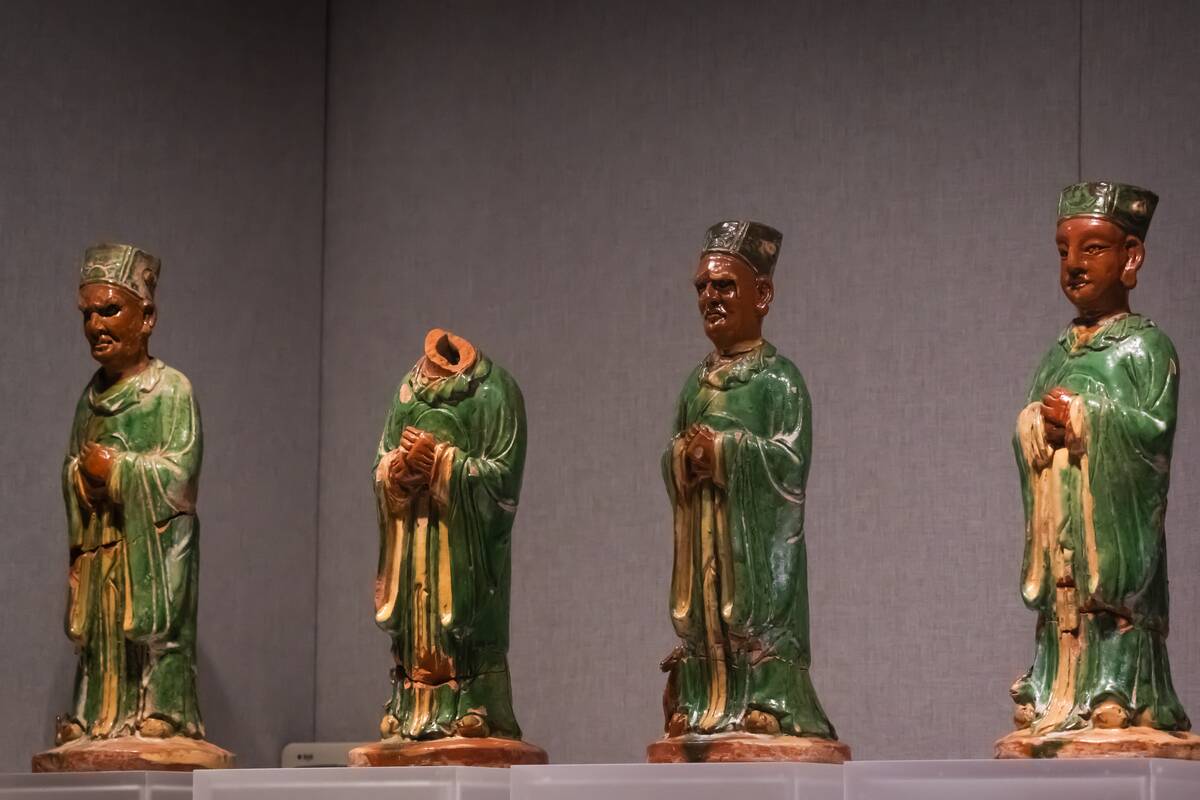
Museums source their treasures through a variety of methods, each as unique as the items themselves. Some pieces arrive through direct purchase, while others are acquired through exchanges or donations. Curators often travel the globe, attending fairs and exhibitions to find the perfect addition to their collection. The process can be as competitive as it is fascinating, with institutions carefully selecting pieces that complement their existing exhibits.
Explorers and Expeditions: The Age of Discovery
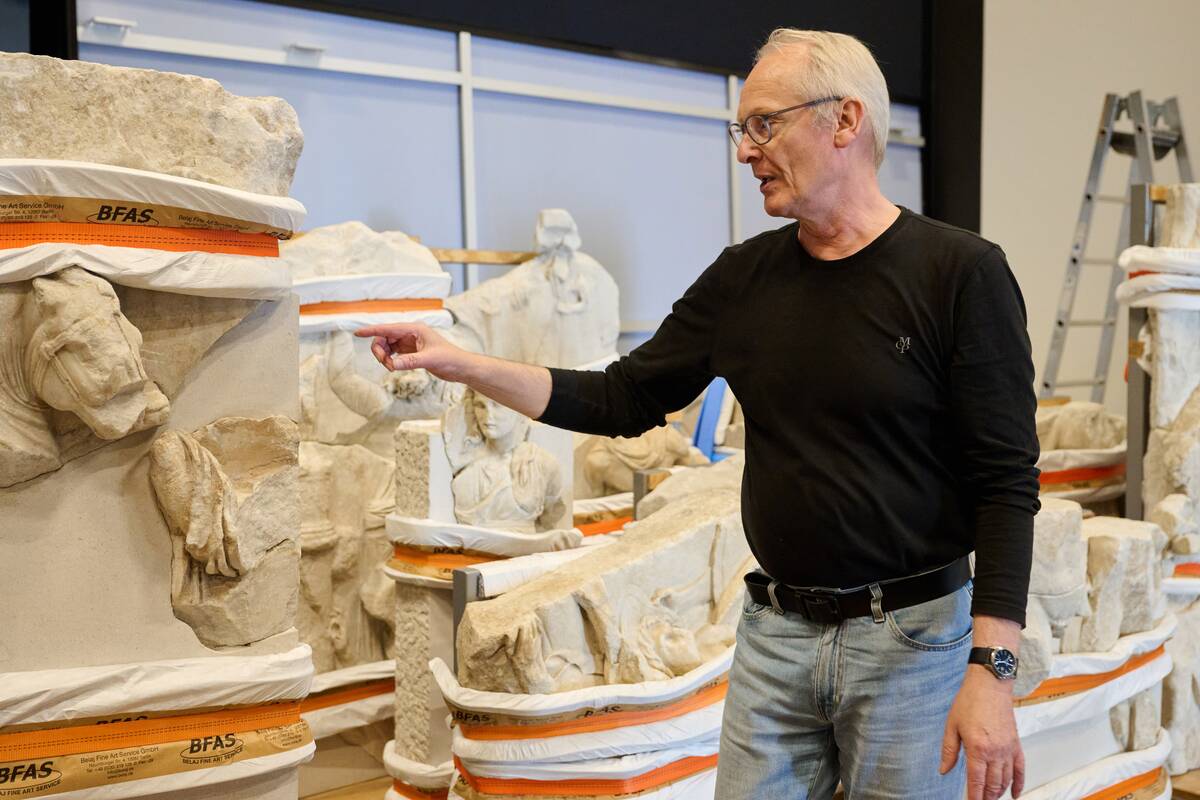
During the Age of Discovery, explorers brought back a wealth of artifacts from their journeys, many of which found their way into museums. These items gave us a glimpse into cultures and civilizations previously unknown. From Captain Cook’s voyages in the Pacific to Lewis and Clark’s expedition across America, these intrepid adventurers collected objects that expanded our understanding of the world. Their collections laid the foundation for many museum exhibits we see today.
Royal Collections: Gifts from Kings and Queens
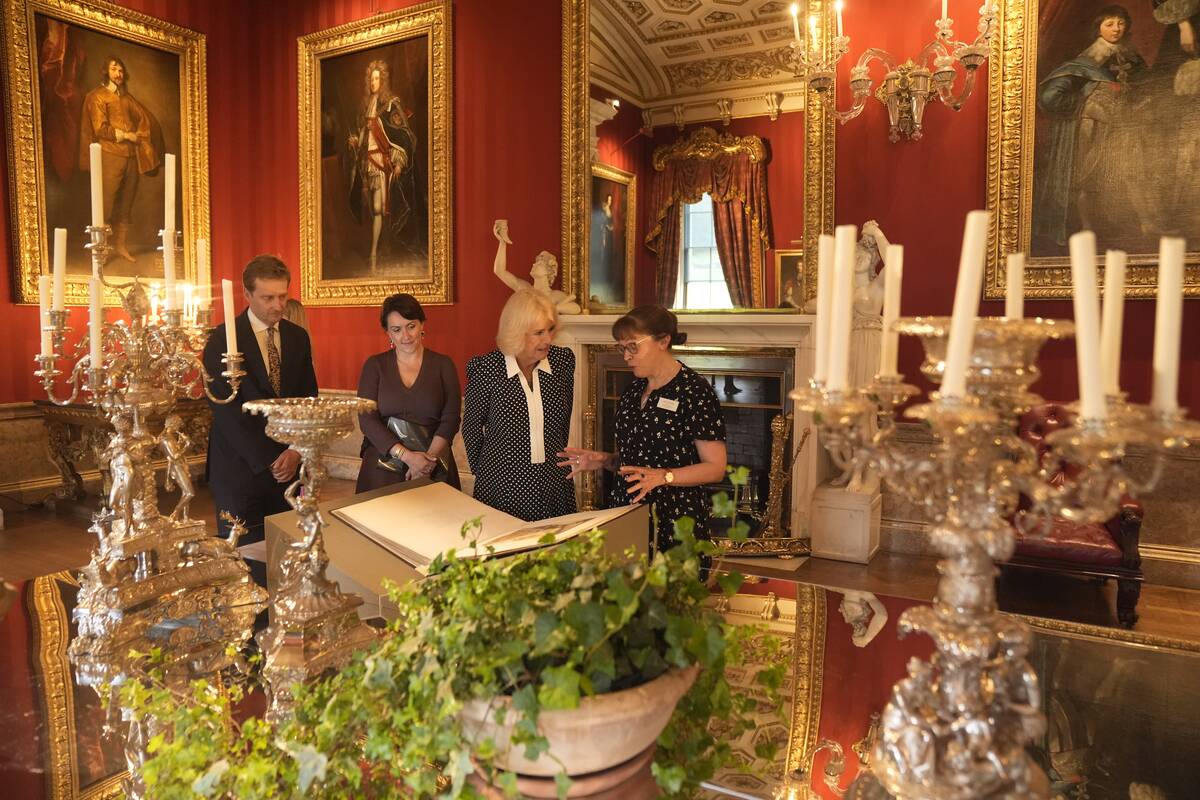
Royal collections are often among the most impressive museum acquisitions, filled with opulent objects gifted by kings and queens. Monarchs have a long history of commissioning and collecting artworks, which they sometimes donate to museums. The British Museum, for example, owes much of its early collection to royal patronage. These regal gifts not only enrich museums but also offer a glimpse into the lavish lifestyles and tastes of historical figures.
Archaeological Digs: Unearthing the Past
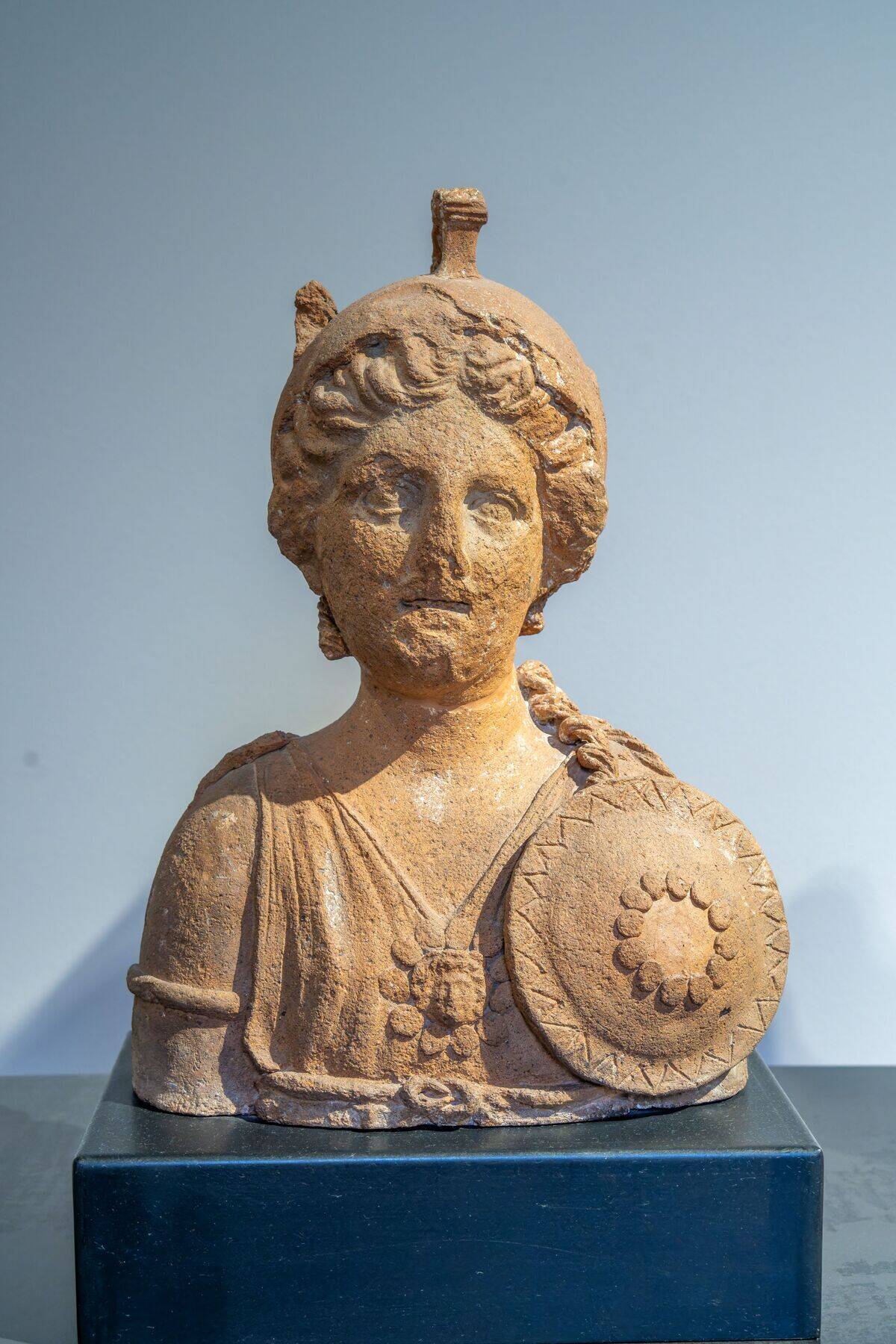
Archaeological digs are a primary source of historical artifacts for museums, uncovering treasures buried for centuries. Excavations at sites like Pompeii and the Valley of the Kings have revealed stunning artifacts that provide insight into ancient civilizations. These discoveries are meticulously cataloged and often become centerpiece exhibits in museums, offering visitors a direct connection to the past and a tangible link to human history.
Donations from Private Collectors: A Generous Legacy
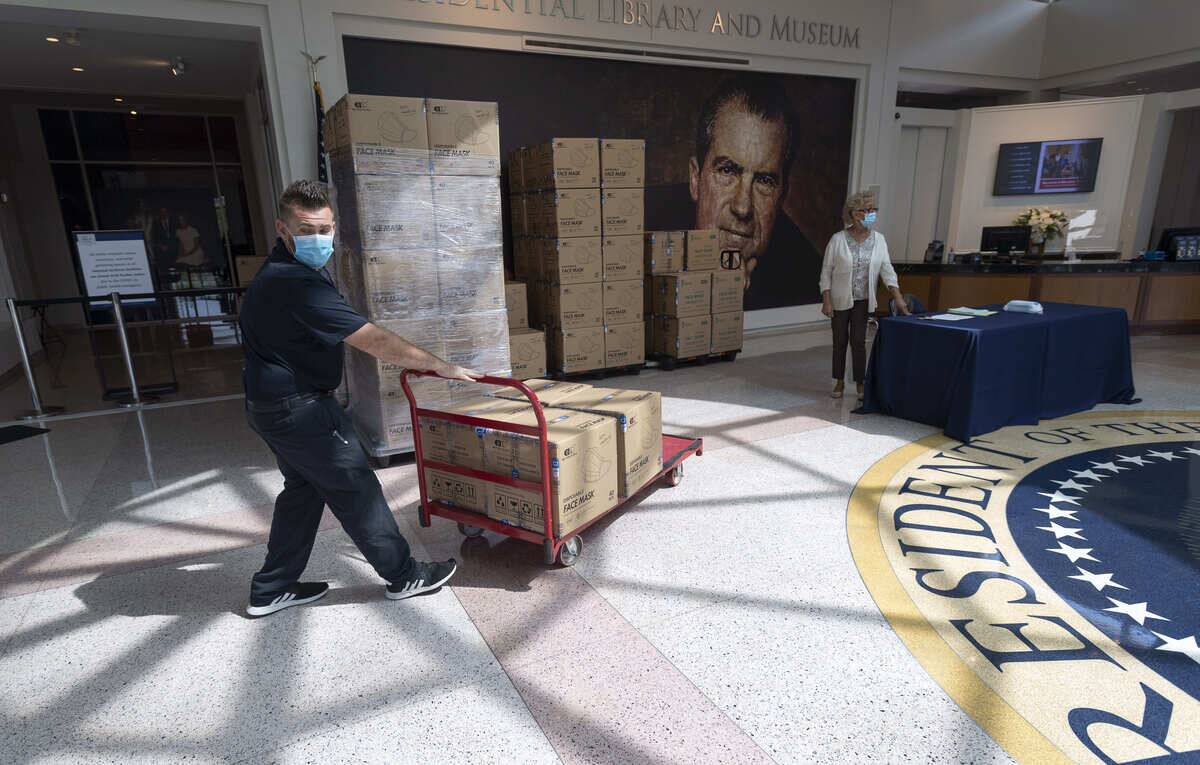
Private collectors play a significant role in enriching museum collections through generous donations. Often, these collectors have spent a lifetime amassing pieces that reflect their personal passions. Upon donating to museums, collectors ensure their cherished items are preserved and appreciated by future generations. Iconic institutions like The Met in New York have benefitted greatly from such altruism, expanding their offerings and making art accessible to a wider audience.
Auctions and Bidding Wars: The Thrill of the Chase
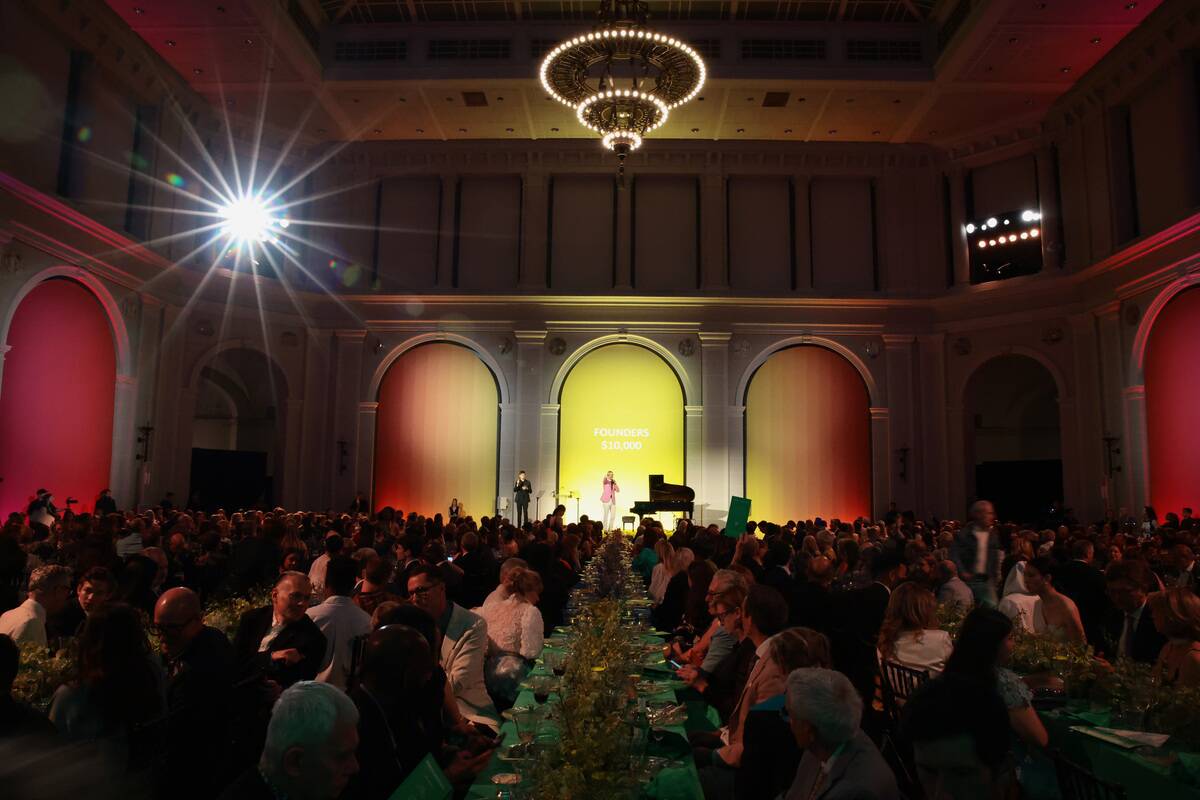
Auctions offer museums a chance to acquire rare and valuable pieces, though it often involves thrilling bidding wars. Institutions like Sotheby’s and Christie’s host events where museums compete with private buyers to secure coveted items. These high-stakes auctions can drive prices sky-high, but they also provide museums with the opportunity to obtain works that might otherwise remain in private hands. It’s a vibrant, dynamic part of acquisition that adds excitement to the art world.
Exchange Programs: Swapping Art Across Borders
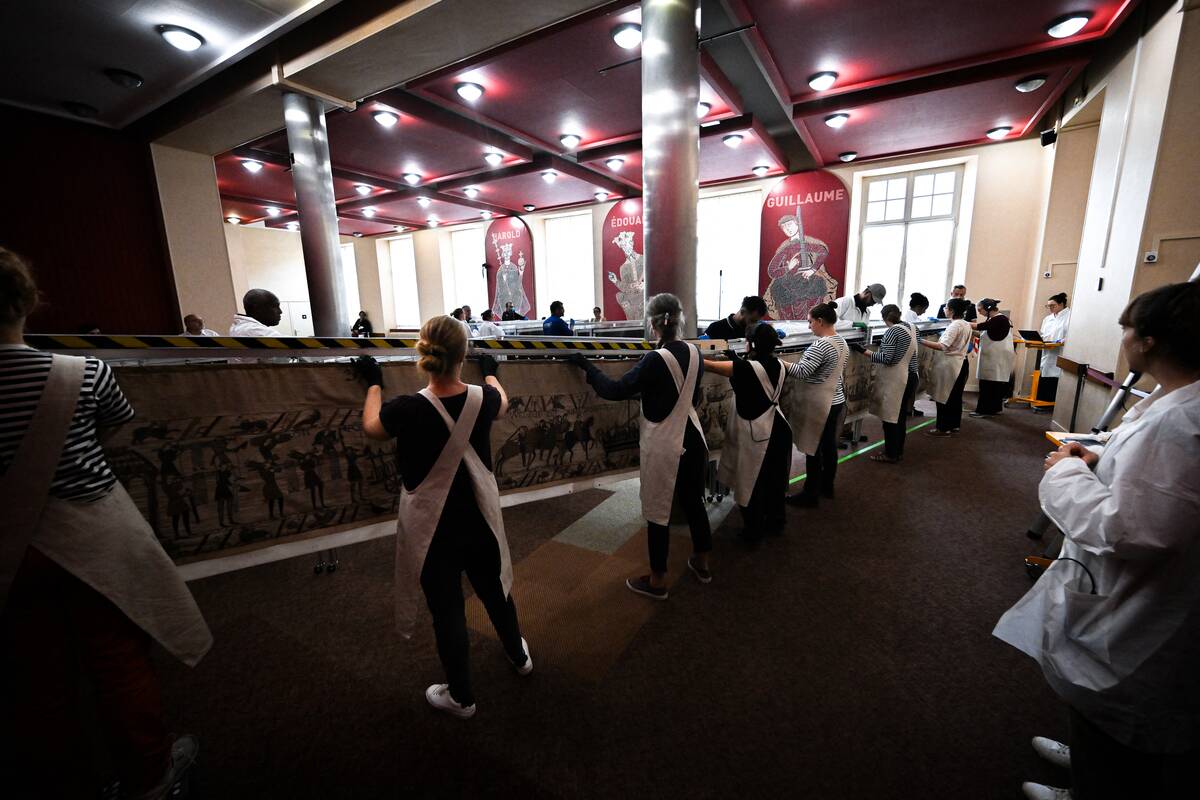
Exchange programs allow museums to share their collections with institutions around the world, fostering cultural exchange and appreciation. These swaps enable museums to temporarily host works from international collections, offering visitors a chance to experience art they might not otherwise see. Such collaborations are crucial for promoting diversity in museum exhibits and help to build relationships across borders, enriching the global art community.
Loans and Long-Term Loans: Sharing the Wealth
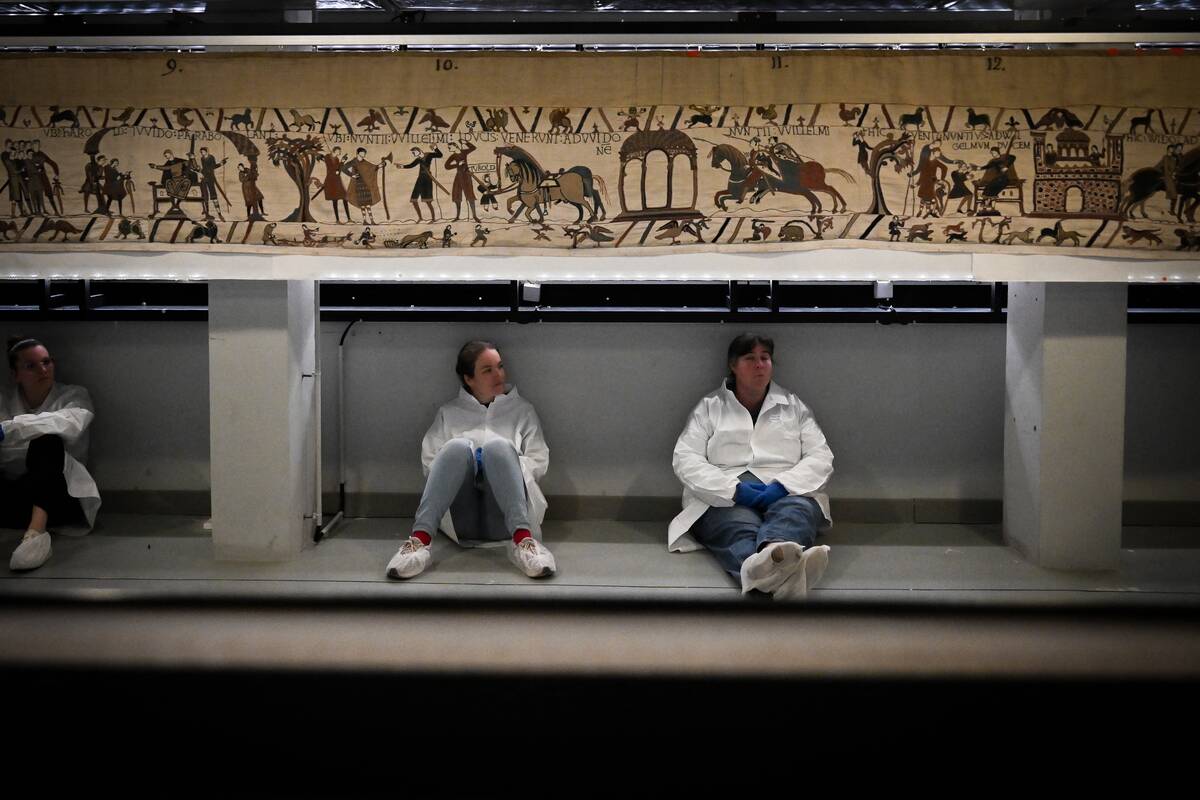
Loans and long-term loans are common practices among museums, allowing them to share their collections without permanent transfers of ownership. This practice benefits both lending and borrowing institutions, broadening the scope of their exhibits. For instance, a museum in Paris might loan a masterpiece to a New York institution for several months, offering art enthusiasts on both sides of the Atlantic a chance to engage with cultural treasures they might not otherwise encounter.
Bequests and Wills: Curating from Beyond the Grave
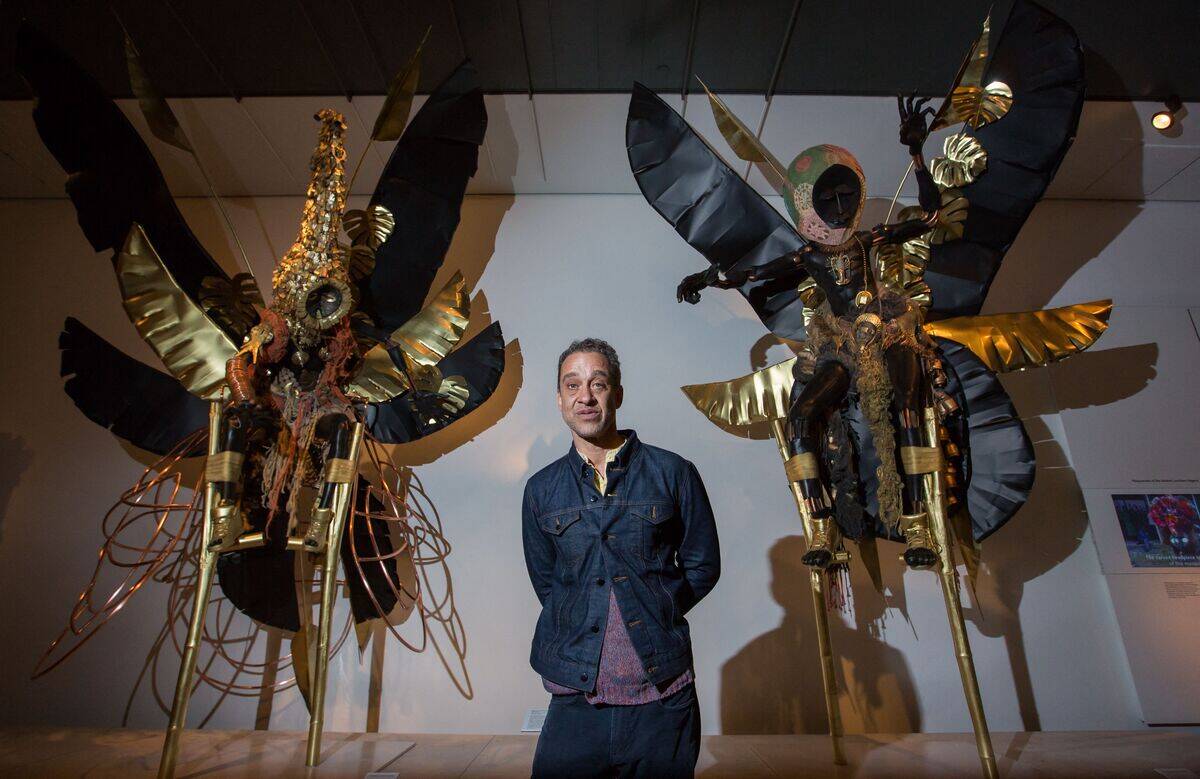
Bequests and wills can be a significant source of acquisitions for museums, with patrons leaving behind entire collections to their favorite institutions. Such acts of generosity ensure that personal legacies endure, allowing art and artifacts to be appreciated by the public. For example, the Isabella Stewart Gardner Museum in Boston was founded based on the extensive collection bequeathed by its namesake, creating a cultural landmark that continues to inspire.
Salvage Operations: Rescue Missions for Artifacts
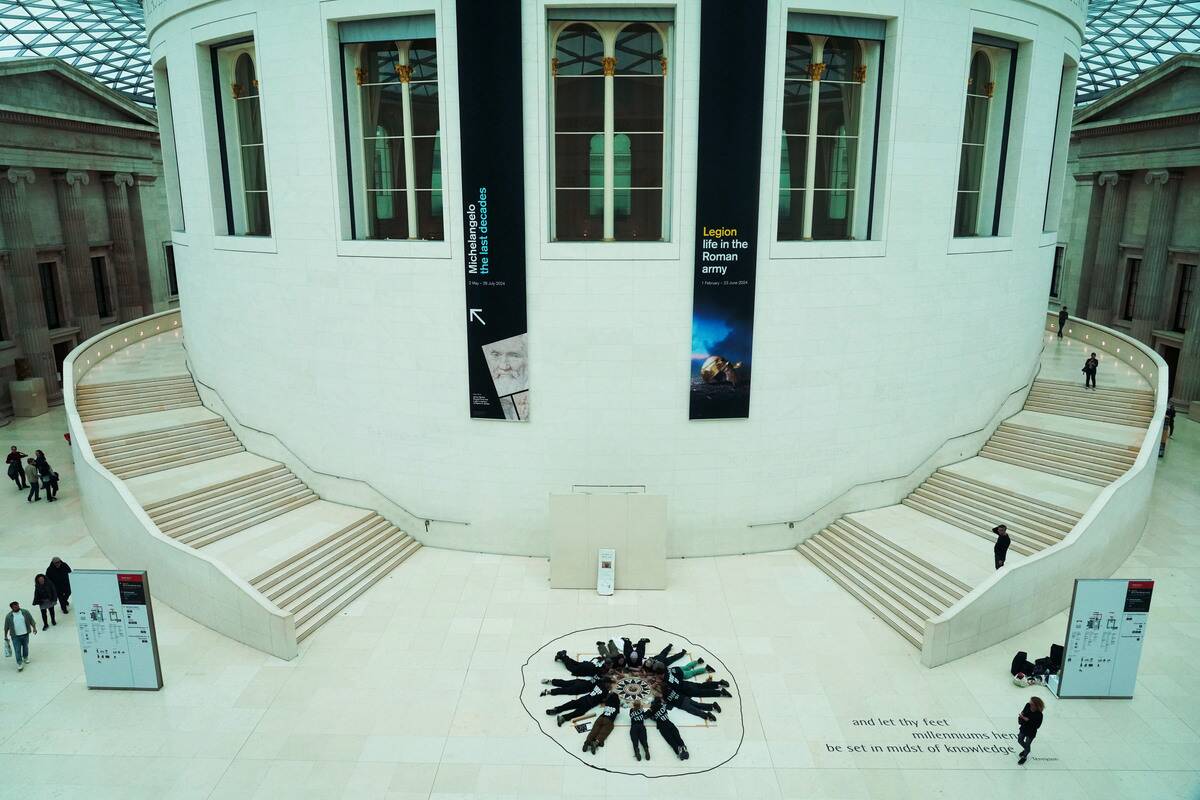
Salvage operations are heroic efforts to recover artifacts from disaster-affected areas or sites under threat. Whether it’s retrieving items from shipwrecks or rescuing art from war zones, these missions are vital for preserving cultural heritage. Museums often collaborate with governments and organizations to ensure that these pieces are saved, restored, and eventually displayed for public appreciation. Such operations highlight the importance of protecting our shared history.
Repatriation of Cultural Heritage: Returning Home
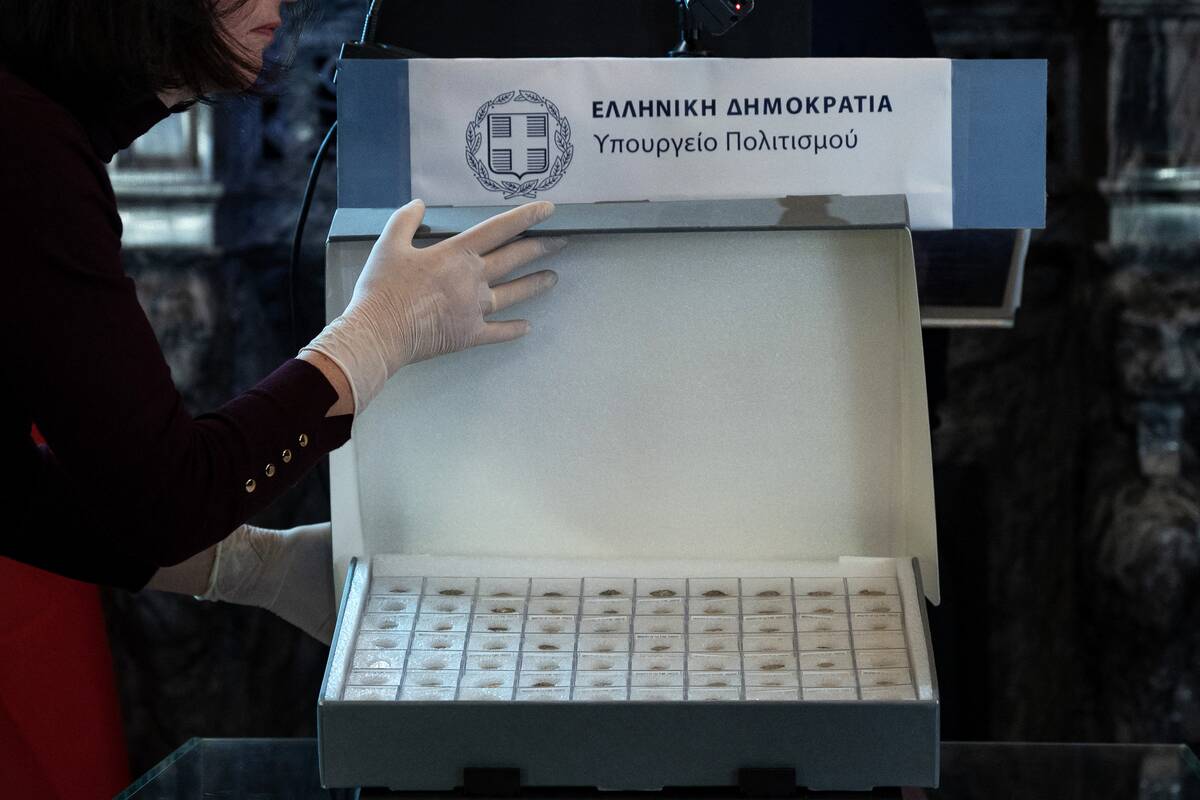
Repatriation is the process of returning cultural artifacts to their countries of origin, often a complex and sensitive issue. Many items in Western museums were acquired during colonial times, leading to calls for their return. Institutions like the British Museum have engaged in discussions about repatriating items such as the Benin Bronzes to Nigeria. This movement acknowledges historical injustices and aims to restore cultural heritage to its rightful place, fostering healing and reconciliation.
Scientific Research and Discoveries: Science Meets Art
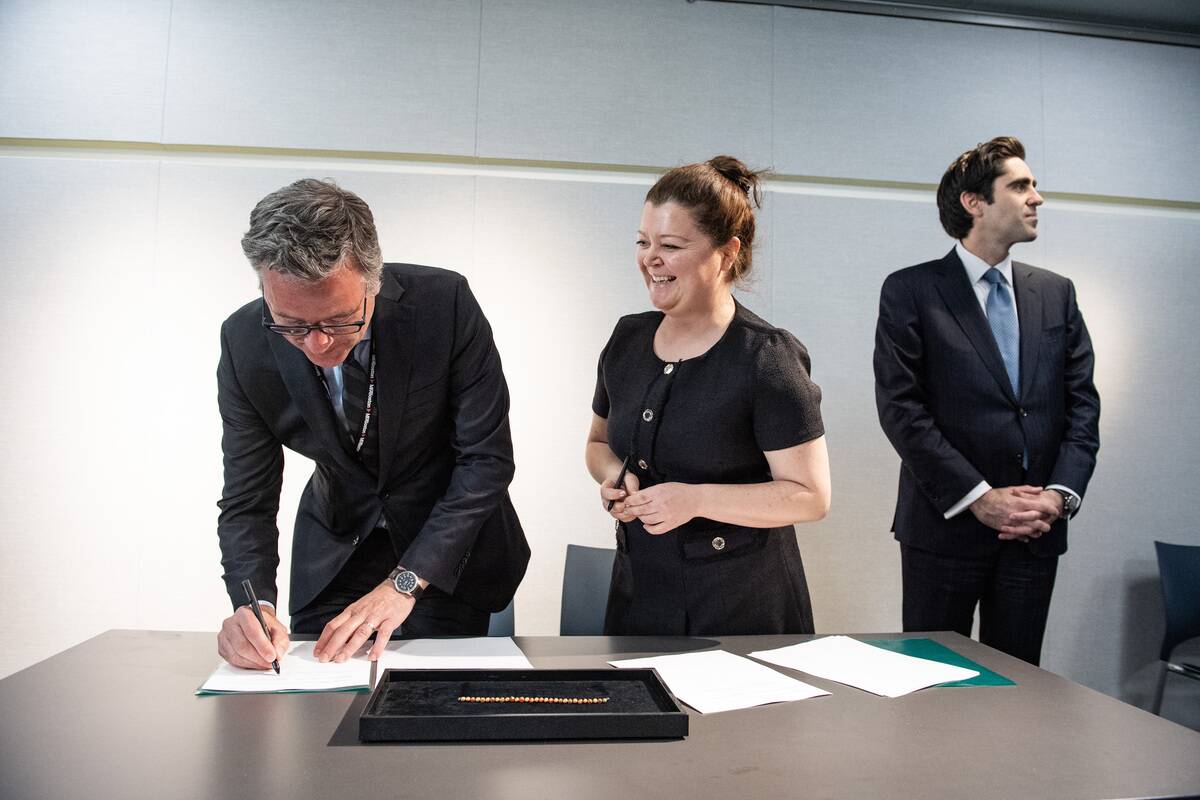
Scientific research can lead to remarkable discoveries that enrich museum collections. Techniques like carbon dating and DNA analysis help verify the age and origin of artifacts, while technology like 3D scanning enables detailed study of intricate pieces. Museums often collaborate with scientists to unlock the secrets of their collections, leading to new insights and exhibitions. This intersection of science and art broadens our understanding of cultural history and enhances the educational value of museum exhibits.
Corporate Sponsorships: Business Meets Creativity
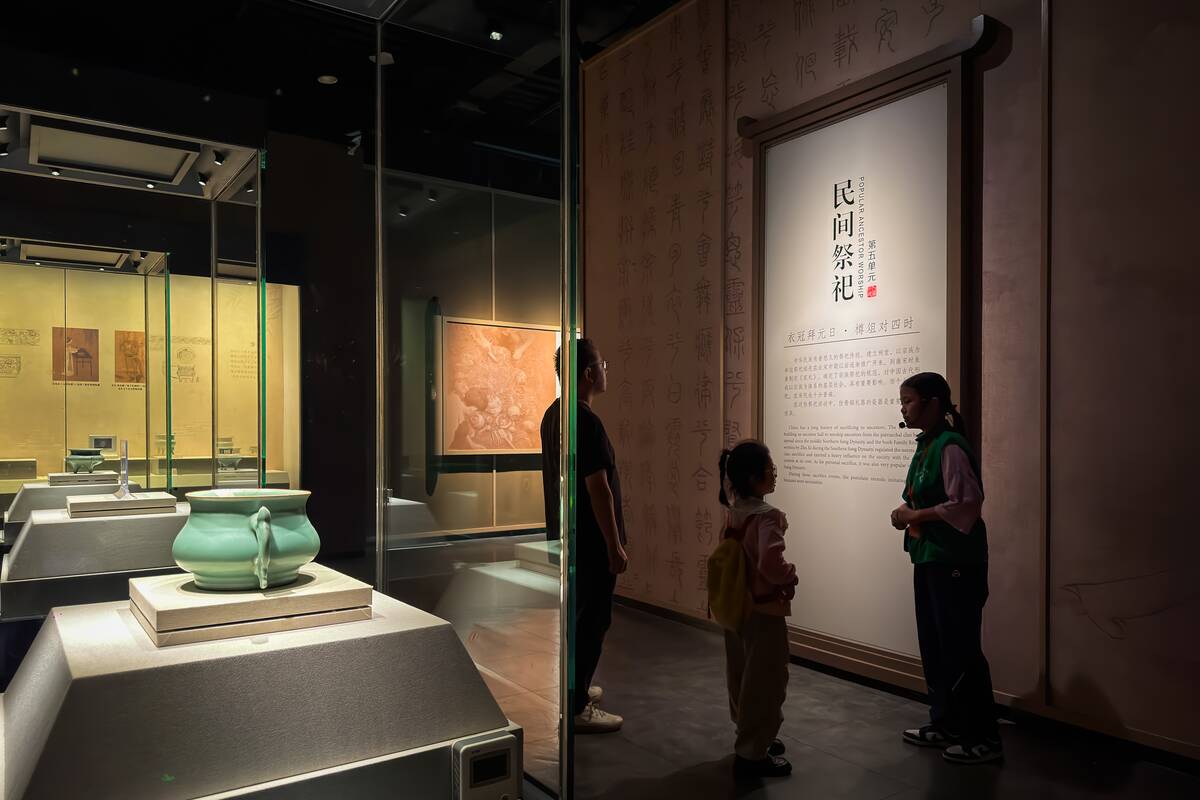
Corporate sponsorships provide essential funding for museums, allowing them to acquire new pieces and expand their programs. Companies often sponsor exhibits or donate funds in exchange for brand visibility, creating a symbiotic relationship that benefits both parties. For example, Unilever’s partnership with the Tate Modern helped fund several high-profile exhibitions. These collaborations enable museums to continue their mission of cultural preservation and education, while corporations gain association with esteemed cultural institutions.
The Role of Curators: The Gatekeepers of History
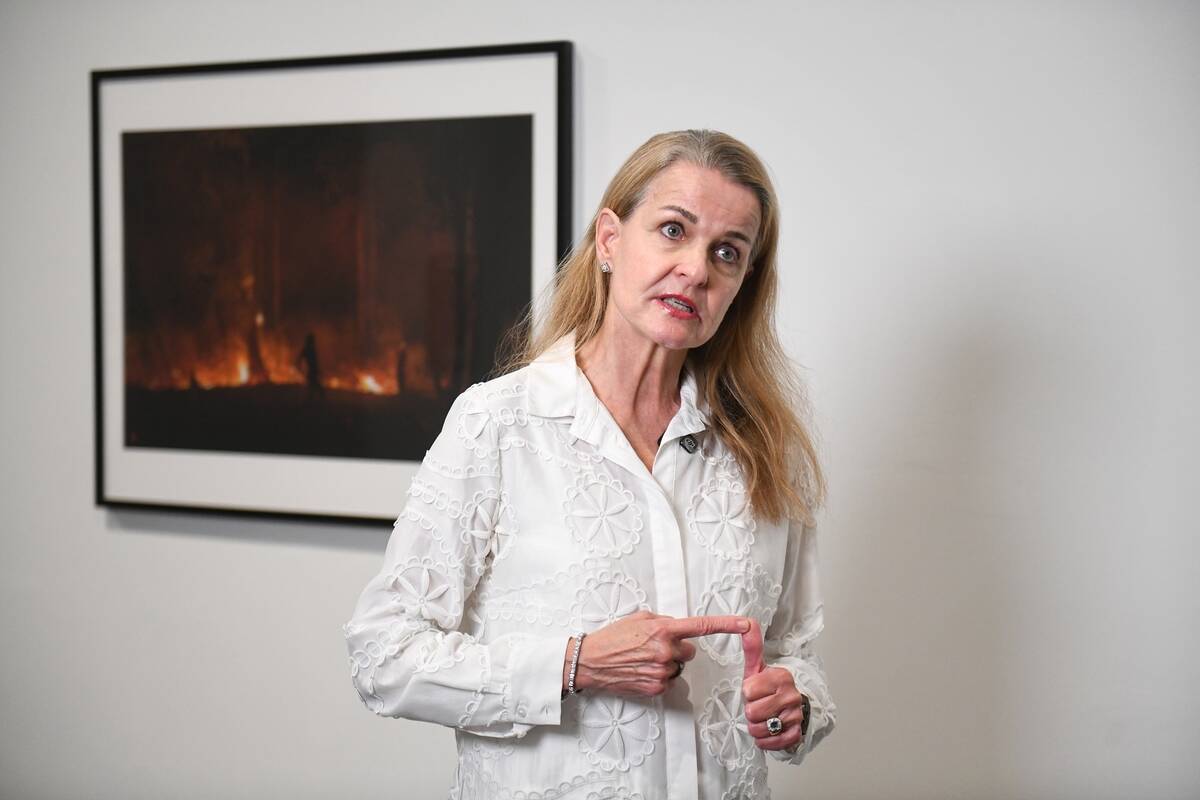
Curators are the unsung heroes of museums, responsible for selecting and caring for the collections. They meticulously research potential acquisitions, ensuring each item aligns with the museum’s mission and theme. Curators are also tasked with crafting compelling narratives around the pieces, creating engaging displays that captivate visitors. Their expertise and passion are crucial to the success of museums, making them the true gatekeepers of history and culture.
Controversial Acquisitions: When Ethics Come Into Play
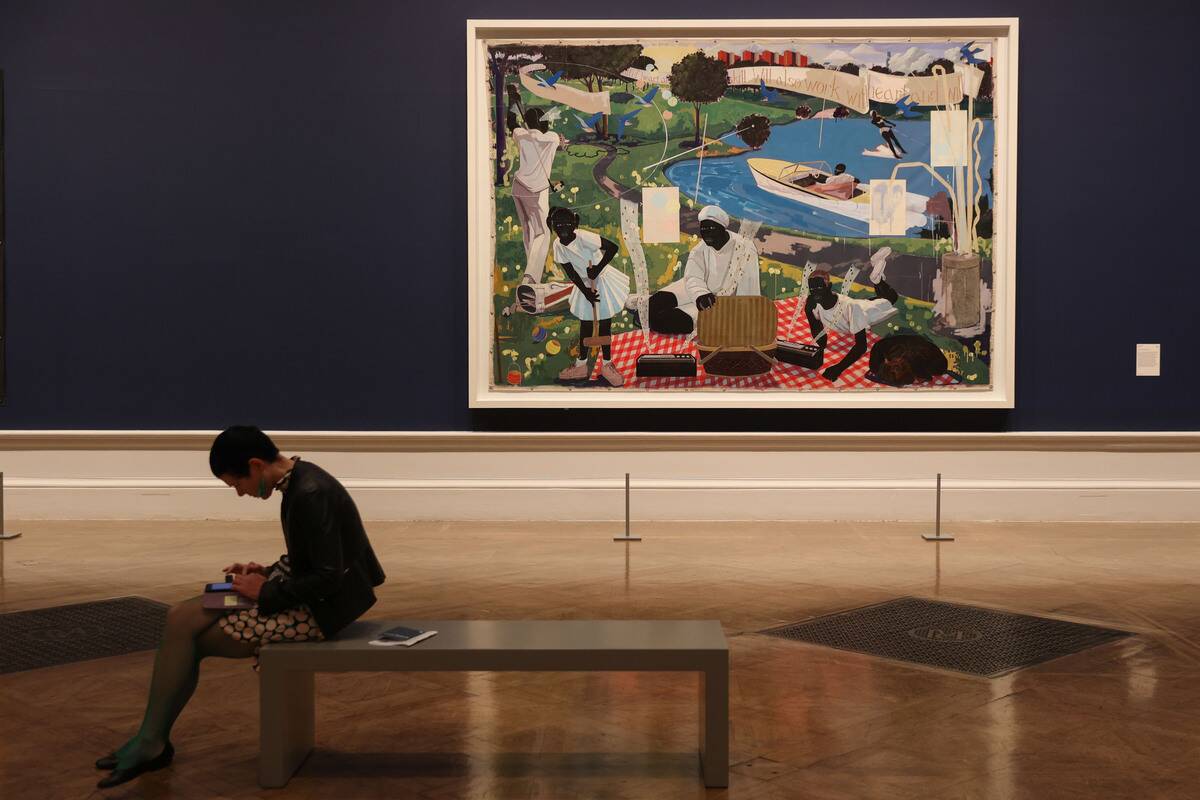
Controversial acquisitions often spark debates about ethics in the art world. Questions arise over the provenance of certain items and whether they were obtained legally and ethically. High-profile cases, like the disputed ownership of the Elgin Marbles, highlight the complexities museums face. These situations prompt important discussions about cultural ownership and responsibility, encouraging institutions to adopt transparent policies and ensure that their acquisitions respect the rights and heritage of all peoples.
The Evolution of Museum Acquisitions: A Look to the Future
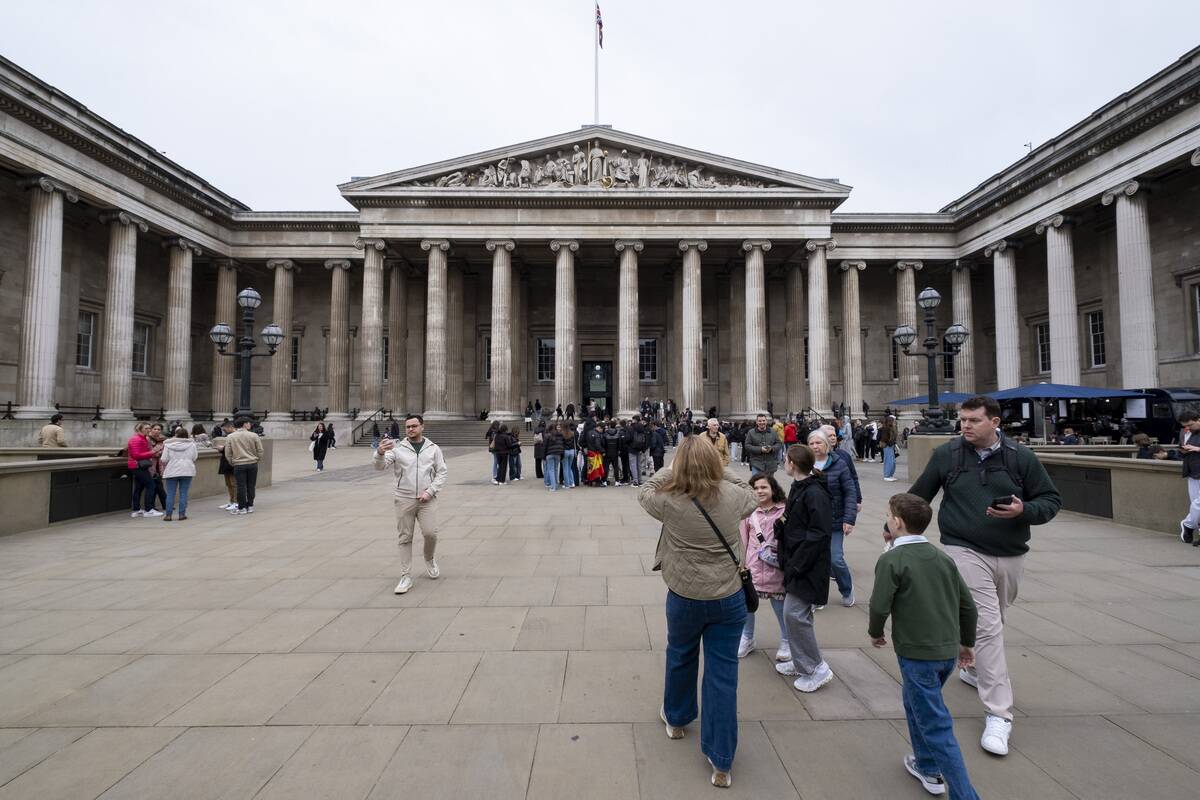
The future of museum acquisitions is evolving, with technology and changing societal values playing significant roles. Digital collections and virtual reality exhibits are becoming more prevalent, offering new ways to experience art. As museums strive for inclusivity, there’s a growing focus on acquiring works from underrepresented artists and cultures. The emphasis on ethical sourcing and sustainability is reshaping acquisition strategies, ensuring that museums remain relevant and responsive to the world around them.



